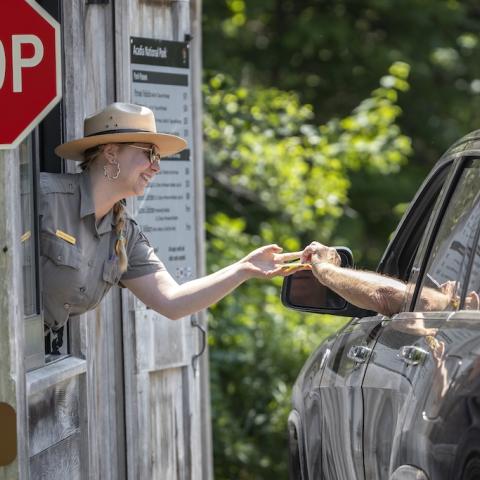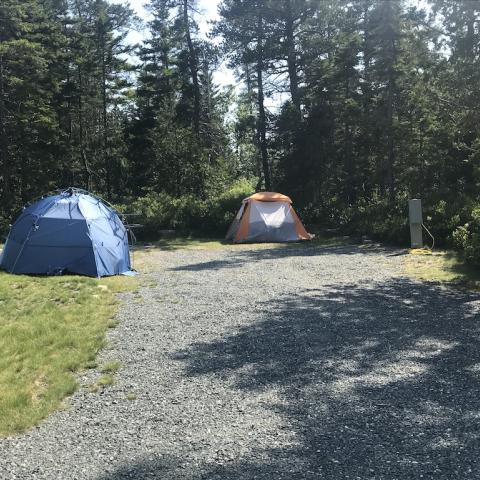
Last year, volunteers helped carry 3,765lbs of soil to the summits. By carrying soil to the summits of Sargent and Penobscot Mountains, you’ll play an important role in the restoration of these vital ecosystems and their resilience to a changing climate/Friends of Acadia
Take a hike, help the ecology along the roof of Acadia National Park in Maine.
That's the deal.
The national park staff, in collaboration with Friends of Acadia and Schoodic Institute, is seeking tenacious hikers to bring bags of soil to the summits of Penobscot and Sargent mountains.
This year, the recurring Save Our Summits Volunteer Program will take place every Wednesday from June through September. Hikes run from 8:15 a.m. to 12:15 p.m., weather permitting. Advanced registration is required. You can register for your Save Our Summits hike and learn more about how to prepare for the event on Friends of Acadia’s website.
Despite growing in hard conditions, Acadia’s mountain plants are not adapted to foot traffic, and decades of trampling by humans has damaged plant communities and eroded soil at the top of mountains. More frequent extreme weather events, which damage landscapes, cultural resources, and infrastructure, are speeding the loss of soil and making it harder for plants to grow back on their own.
For the last several years, Acadia National Park, Friends of Acadia, Schoodic Institute, and Native Plant Trust worked together to evaluate how to best restore Acadia’s summits. Turns out, replacing soil lost from the summits is a critical piece of the revegetation puzzle, providing a place for seeds to settle and grow. Last year, volunteers helped carry 3,765 pounds of soil to the summits. By carrying soil to the summits of Sargent and Penobscot Mountains, you’ll play an important role in the restoration of these vital ecosystems and their resilience to a changing climate.




 Support Essential Coverage of Essential Places
Support Essential Coverage of Essential Places







Comments
"Turns out, replacing soil lost from the summits is a critical piece of the revegetation puzzle, providing a place for seeds to settle and grow. "
How so? They have never done this and this is a study project. They are just as likely to introduce some kind of invasive plant that exists in most soil in New England right now. I can think of poison parsnip, Japanese Knotweed, and Queen anne's lace as just a few plauging New England and its soil right now.
And considering how ancient that soil is- brining in a bunch of dirt and dumping it on top seems like a crime too me.
Chris, if you click through to the article on the Acadia NP website, you will see that this summer's project is part of a much larger study, conducted by professional ecologists, that has been going on for some time. The soil is being used in study beds, not just dumped on the summits, and it isn't randomly-collected soil from visitors' backyard gardens. You should contact the park staff and share your concerns - they would probably welcome the opportunity to talk about it!